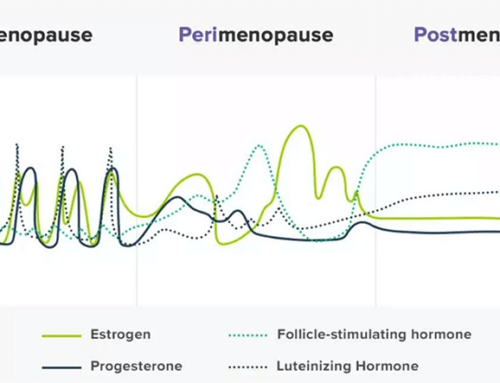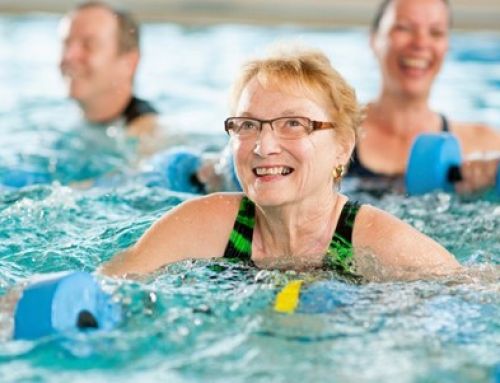
The benefits of exercise for Breast Cancer Patients
A range of research studies have proved that exercise for cancer patients is an integral part of the treatment and recovery process. Today, we are going to dive into the benefits of exercise specifically for Breast Cancer patients.
Exercise during and after treatment
There are several different types of breast cancer, and therefore the treatment options will depend on the type of breast cancer diagnosed. Potential treatment options include surgery, radiation therapy, chemotherapy, hormone therapy, medications, and combinations of these. Unfortunately, these treatments each come with their own side-effects. These side-effects, and the impact exercise may have on them is discussed below.
Both fatigue and nausea are common side-effects experienced from cancer and cancer treatment. Fatigue in particular can be a result of the treatment, emotional distress, deconditioning and/or loss of strength. Research has shown that engaging in appropriate levels of structured physical activity can lessen these side-effects. This is effective due to exercise assisting to stimulate hormone production, improve sleep, and limit the decline in fitness levels and strength. Working with an Exercise Physiologist to determine the appropriate levels of physical activity during treatment cycles can assist to gain the greatest benefits from this activity.
Another potential side effect from breast cancer treatment is lymphoedema, which is the swelling of the upper limb if lymph nodes have been removed or damaged. Luckily, exercise is effective in both reducing the risk of developing lymphoedema, as well as managing symptoms of lymphoedema. This is achieved through the muscles working as a manual pump to assist with the movement of lymphatic fluid. Breast cancer patients often are left with reduced shoulder range of motion from their treatment, which can limit abilities to completed normal activities of daily living. Completing safe and gradual shoulder exercises can work to improve shoulder mobility, as well as posture.
Some medications and treatment options may have a side effect of reduced bone density, which in turn can increase the risk of fractures. Bone loading, strength and balance exercises are extremely important for both working to maintain as much bone density as possible, as well as reduce the risk of falls.
The final benefit of exercise during and after breast cancer treatment, and arguably the most important, is the positive effect it can have on mindset, mental health, and emotional wellbeing. During cancer treatment, a patient may feel as though a lot of factors are out of their control. Physical activity is something which the patient can control and have autonomy over. Exercise also produces hormones which can improve mood, sleep, pain management, appetite, and anxiety and stress levels. Overall, there is a lot of research which points to physical activity being the key in improving overall quality of life for breast cancer patients.
What physical activity is recommended?
The most important thing to consider is what kind of exercise does the patient enjoy. Doing an exercise which is enjoyable will be the greatest benefit for improving adherence and emotional wellbeing. The general guidelines for individuals with Breast Cancer state that 30 minutes of exercise, at least 5 days per week is beneficial. This 30 mins can be accumulated through 10-minute blocks if necessary. Exercise Physiologists will be able to assist with determining the right type of exercise for the patient, as well as what will benefit them the most, how much is an appropriate amount and how to do it in a safe manner.
Coordinated Fitness are running our Oncolgy Exercise Program from Oct 2021. To be a part of this program send us an email on info@coordinatedfitness.com Mention this blog and receive 50% your initial consult




